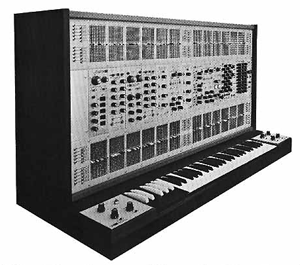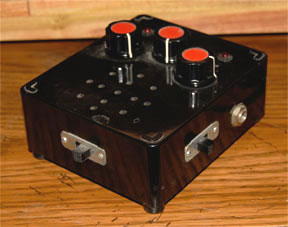About pnw and Synth DIY
-
History

I took a class called "Electronic Music" taught by Professor McInnis at the University of Virginia too long ago. There I became hooked on their magnificent ARP 2500, and I spent far too much time in the synthesizer lab. Naturally I wanted one for myself but lacking the $10,000 my thoughts turned to building my own. So I transferred to Engineering School and I've been tinkering with marvelous electronic devices ever since I graduated and got a "good" job.
But what really gave me a leg up in the days of yore was Bernie Hutchin's excellent Electronotes. I subscribed for several years, learned to lay out and etch circuit boards, and to build crude front panel assemblies. But it worked!
But then I had to move and it was so large that it wouldn't fit through the door. So I disassembled it. Later it was reassembled in several configurations, culminating in an attempted integration with a 20 x 50 matrix switch just like the ARP 2500 used. Those matrix switches are tricky. I got sidetracked. When I came back to the project, I could not find a supplier any more. The Canadian firm that I bought the lone switch from in 2002 was no longer selling them. And they weren't cheap: about $350 each in 2002, and it would take from 4 to 6 of them to establish the connections for a standard ARP 2500 design. So that project is currently on hold.
-
The NoiseFun

In the 1980's I had a small comic book shop near the University. It was a handy place to study and experiment, and make a few bucks. I designed and built the NoiseFun during that time. I sold about 20 of them for $20 each. The photo shows the one that I still have, and it still works! There were no labels. The controls are as follows:
- Phone jack on the right: output
- Switch on the right: changed the tone by switching capacitors
- Switch on the front: on/off
- Left and right knobs: oscillator frequency controls
- Center knob: a filter control
There is a small speaker beneath the front panel, so this is a stand-alone unit. It runs from a single 9 volt battery that lasts a long time. The output was provided as a convenience for those who wanted to connect it to something like a guitar amp. It contained no pre-amp or amp; the circuit output was in the 6 to 8 volt peak-to-peak range so it drove the speaker and output line with a strong signal. One customer was a construction worker's wife. Another was a rock musician who wanted to dance around the stage with one in each hand. Unfortunately I never saw him perform.